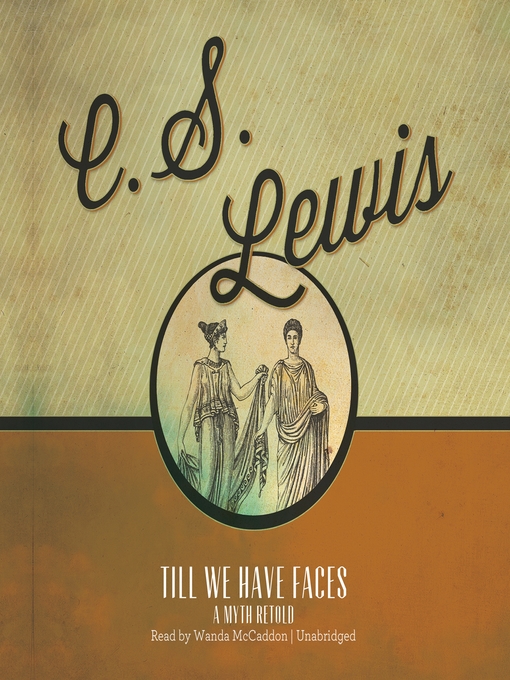I’ve gotten a lot of comments lately about how “original”
my story “Guardian of Our Beauty” was.
While I’ll readily admit that not that many writers set fantasies in the
Ancient Near East, I’m not the only one!
So, for those of you who would enjoy some more Ancient Near Eastern
fantasy, here are a few that I’ve encountered.
(First, a quick note.
The “Near East” refers to the geographic area now usually known as the
Middle East—Egypt, Israel, Jordan, Syria, Iraq, Turkey, parts of Iran. The Arabian peninsula is also part of this
region, although we don’t know much about what was happening there during the
ancient period. The “Ancient” part of “Ancient
Near East” refers to the period between the beginning of civilization there and
the 1st century AD.)
My favorite Ancient Near Eastern fantasy series is the
Farsala trilogy by Hilari Bell. This
trilogy (Fall of a Kingdom, Rise of a
Hero, Forging the Sword) is a magical take on the Roman Empire’s attempted
conquest of Persia, and contains the usual hallmarks of Bell’s work: great
characters who get dragged into complicated social/political/military problems and
must learn to overcome their own selfishness in order to win the day. I love Bell’s writing—I wouldn’t want to
admit how many times I’ve read the books of her Knight and Rogue series! To new readers of her work I would say: you
may be very irritated with the main characters at the beginning, but you will
love them by the end.
I was recently reminded of another ANE fantasy series—Mercedes
Lackey’s Dragon Jousters series. This tetrology
(Joust, Alta, Sanctuary, Aerie) is
set in a thinly-disguised version of Egypt, probably during the Third
Intermediate Period (the pyramids have been built, the Hyksos have been thrown
out, and Egypt is divided into a northern Delta kingdom and a southern kingdom that
stretches from Thebes to Memphis). But
with added dragons! The hero, Kiron,
must escape serfdom and slavery by training a dragon, and then engineer the
downfall and restructuring of all Egypt.
I enjoy this series a lot more than some of Lackey’s others (the romance
is minimal until the 4th book), and the dragon training is very
interesting. Unfortunately, the writing
sometimes suffers from lack of editing.
I’m reminded of the advice Anne of Green Gables received from her
writing mentor, to give up italics—they’re so often used as a way of pushing
the reader to feel more urgent than the writing (or the situation) really
justifies.

The only other ANE fantasy I can think of is Esther
Friesner’s duology Sphinx’s Princess and
Sphinx’s Queen, which give a magical
retelling of the Egyptian Queen Nefertiti’s life. If you are interested in well-researched
historical details, these books will impress you. I found them so accurate as to be almost
chilling—the world is frightening when the only gods you have are absent and
uncaring!

There are many, many fantasies set in the ancient period
but outside the Ancient Near East—usually in the classical world (Greece and
Rome). My favorite of these will always
be C. S. Lewis’ retelling of the Greek myth of Apollo and Psyche, Till We Have Faces. It’s a wonderful story, where the main
character finds true redemption in the end.
It includes echoes of many fairy tales, and will remind some readers of
Anne Elisabeth Stengl’s Starflower.


These certainly look like some interesting reads! I'll have to check them out! :)
ReplyDeleteoliviakfisher.blogspot.com
Oh, I must check out the Farsala books! They sound up my alley! :) Thanks for posting these!
ReplyDelete